Managing editor and founder of Analog Cafe, Dmitri Tcherbadji, along with Vancouver photographers, Yvonne Hanson and Daren Zomerman, are sharing a fun web game with the public that challenges players to identify black-and-white film stocks through a series of community images.
The idea for the game came from Yvonne and Daren’s curiosity about how easy it would be to identify black-and-white film stocks. With Dmitri’s software development skills, the web app was brought to life.
The following text was written by Dmitri Tcherbadji. He kindly provided a write-up for us so I will let him take it from here!
What The Film?! — A film photography game, a community project, and a perception study
Have you shot enough film to guess correctly what brand of black-and-white emulsion a photo was shot on?
Most film photographers I spoke to about this agree that once the photo is printed or displayed digitally, it’s hard to tell what tools were used to create it.
Still, there’s no better way to demonstrate and understand the concept than to experience it first-hand.


Why we built a film photography game
Daren and Yvonne run their photography YouTube channels out of Vancouver (where we all live). We meet occasionally to chat about the business, art, and science of analogue image-making. Sometimes we come up with projects to collaborate on, just like this one.
To test the theory that black-and-white film brands are not recognizable by looking at the photos alone we decided to seek anonymous submissions from the community.
To do this right, we needed the images to be labelled with the brand of film they were shot on and submitted in a way that we couldn’t see the labels until we guessed what they were. Unfortunately, there’s no fitting software to help us with the task so I decided to build it.
After a week of coding, the web app could accept labelled image uploads. It didn’t need to be boring, so I designed the interface as a game, where we could compete for the most accurate guesses.
The game was named “What The Film?!”. It featured 30 images from the community we’ve never seen before. Soon after the remaining bugs got squashed, we got together in Yvonne’s studio to film ourselves trying to guess what film was each photo shot on.
But despite having over 20 years of combined experience shooting film, we didn’t do well. All of our attempts yielded less than 30% of correct answers.

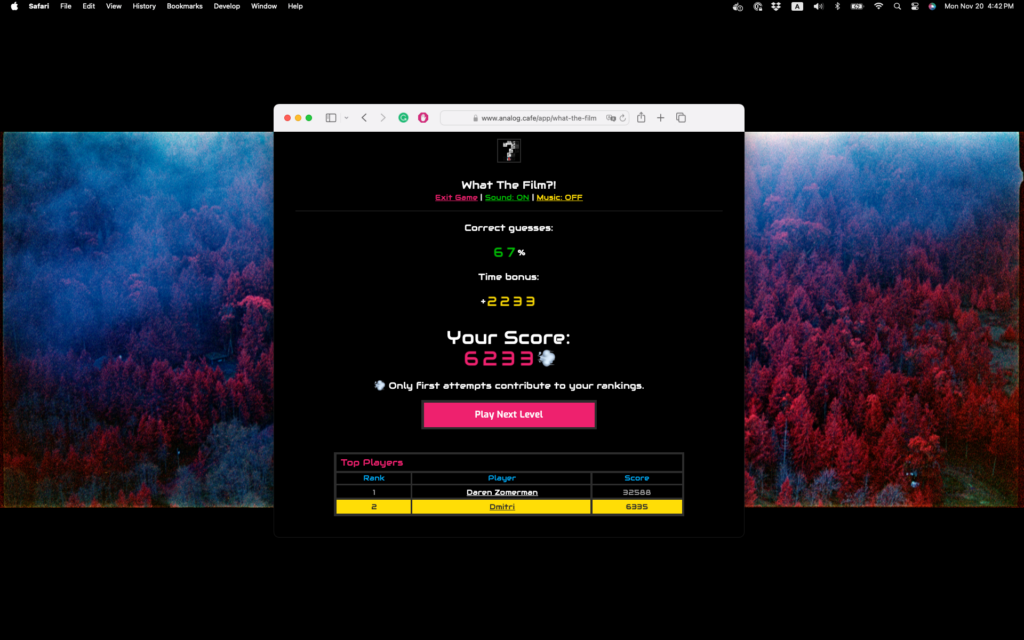
Can you beat our score?
Having done the experiment, the three thousand lines of code that accepted uploads, stored, labelled, associated them with submitter credentials, then shuffled them, created a set of decoy answers, displaying it all in a clean interface still remained. So, I wrote a little more code to give What The Film?! a retro video game flare then assigned a point system with rankings and published it on the website. Now you can try playing it, perhaps you can do better than us?
To make it more interesting, I decided to deliberately group the submitted photos into “levels,” where the first one should be relatively easy for most seasoned photographers. There’s also an element of time, so if you guess quickly, your points will increase.
You may also replay “levels,” but your score will only be registered during your first try.
The scores are public, so if you’re feeling competitive, you can try beating the front-runners by guessing faster and more accurately.
As more submissions come in, I’ll design more “levels” and you’ll have new chances to up your rankings.
You can play What The Film?! here.
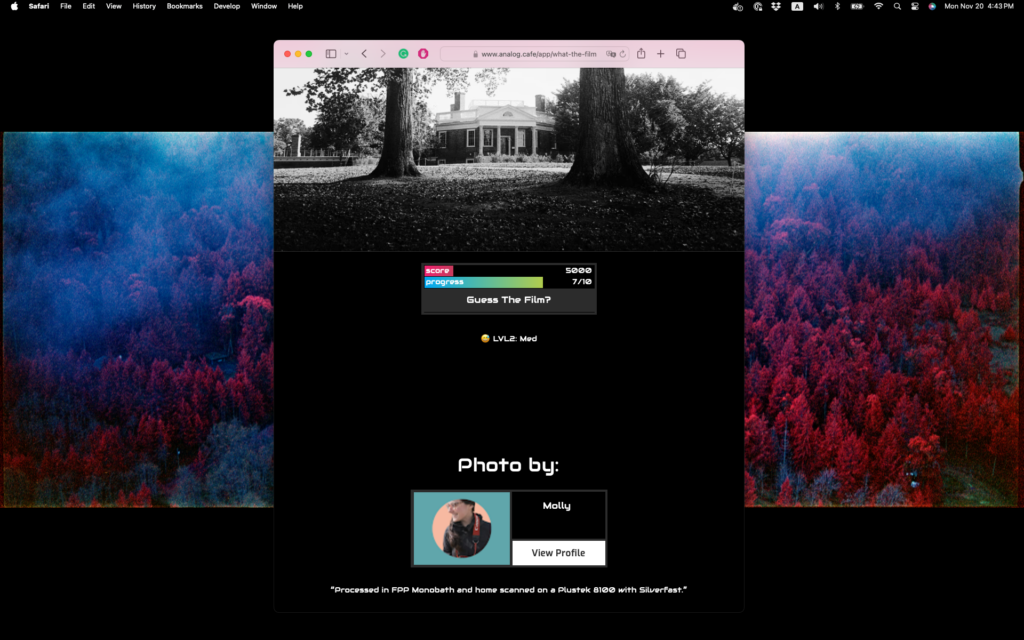
Further research.
When Daren, Yvonne, and I played the game, we managed to guess correctly only slightly better than chance. This tells us that, in general, black-and-white film brands are not easily recognized by looking at the image alone. But there’s still more to learn.
There seems to be a scale of recognition when it comes to black-and-white film. For example, Ilford SFX is easy to tell when it’s used with an infrared filter from any other non-infrared emulsion. Whereas others, like the Kentmere brand, are confused with the staples like HP5.
As more of you play the game and thus share your understanding of the black-and-white film “look,” we’ll be able to piece together a more accurate story about our favourite emulsions. For example, we’ll be able to rank films by their visual recognizability and declare whether paying extra for a brand name makes sense or not.

Choosing black-and-white film on factors other than “the look.”
Manufacturers price and brand their black-and-white film products diversely. Despite the lack of discernible difference between the results (at least when examined on a computer screen), there are still reasons to choose a film based on other factors than the price.
Whereas the cheapest film on the shelf may give you the look you want, you still need a specific ISO and dynamic range to make your image possible; maybe you want an infrared or ortho sensitivity; or perhaps you want better reciprocity failure handling, developing times, and push-ability. There are many factors beyond “the look” to consider when buying black-and-white film.
Inspired by this game and the experience building it, I also published a short guide on how to choose a black-and-white film based on 10 factors other than “the look.” Read it here.
Alright folks (Molly here again), head on over to the web app here to test your black-and-white film stock identifying skills, bon chance! If you’d like to watch Yvonne and Daren’s Youtube videos, see them linked below.
Share this post:
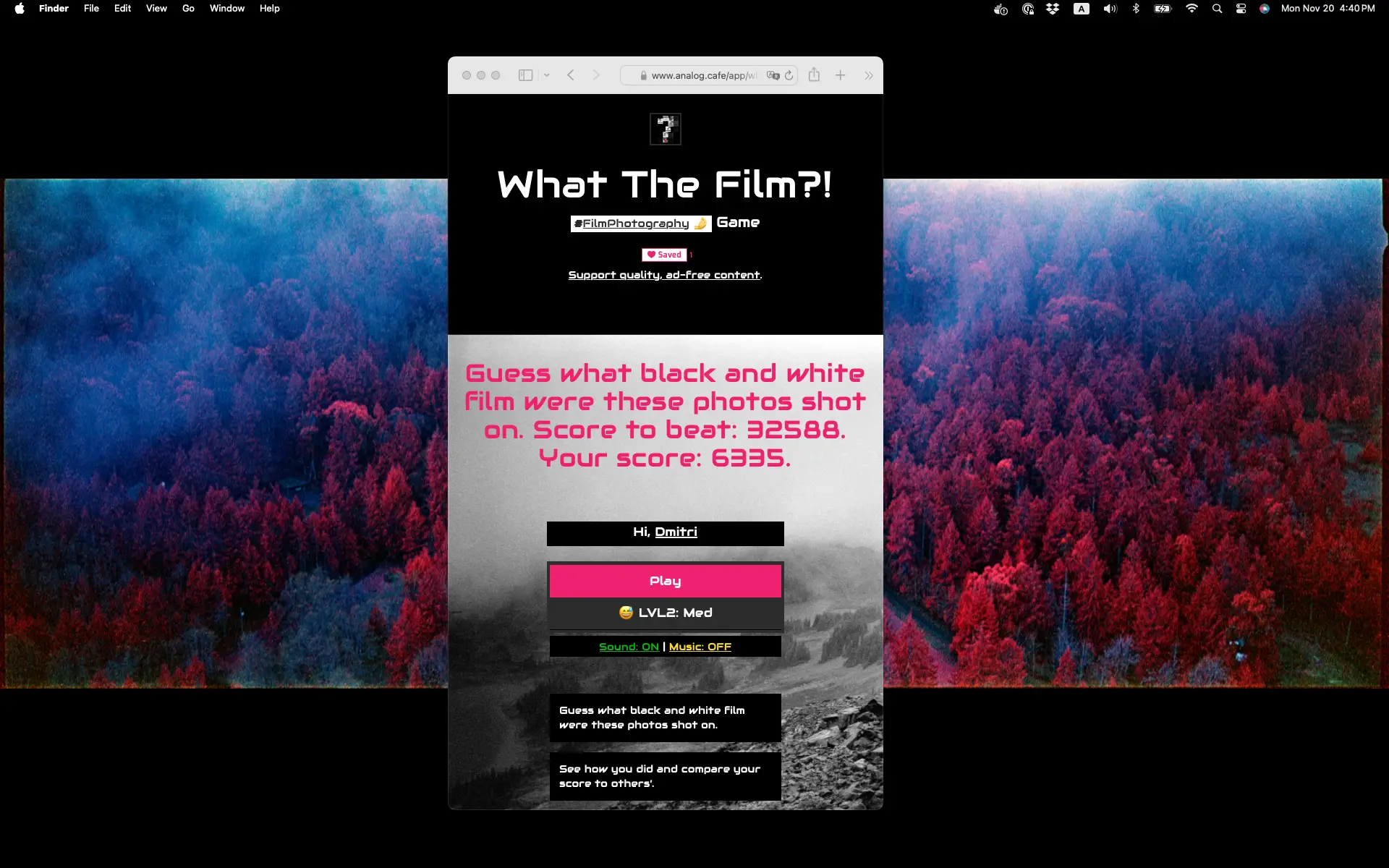
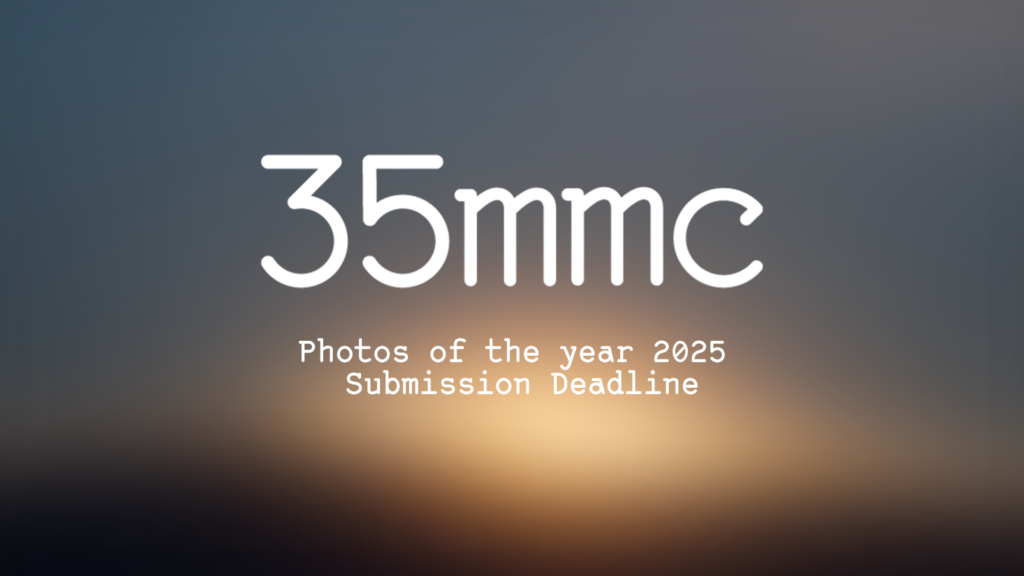
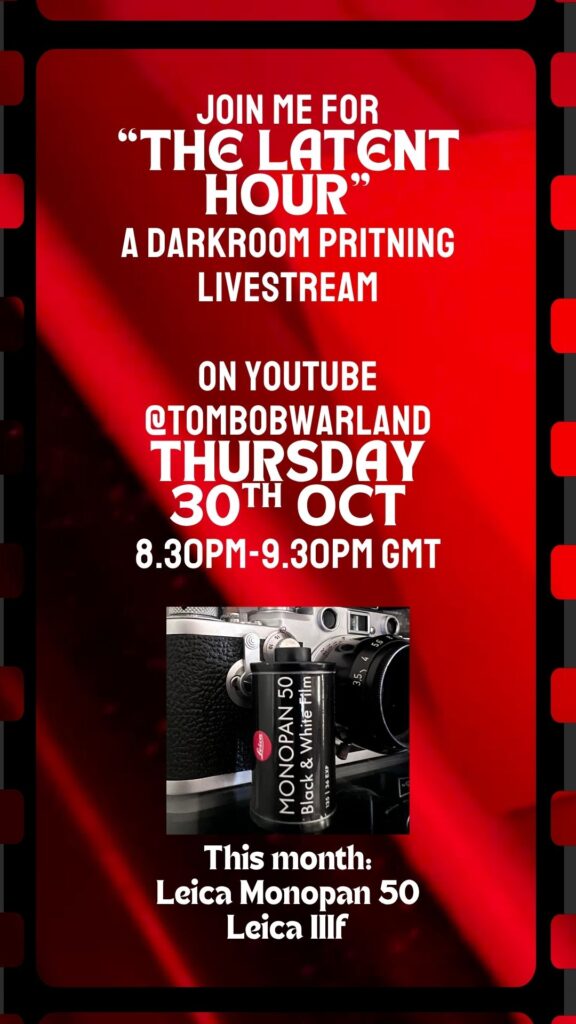
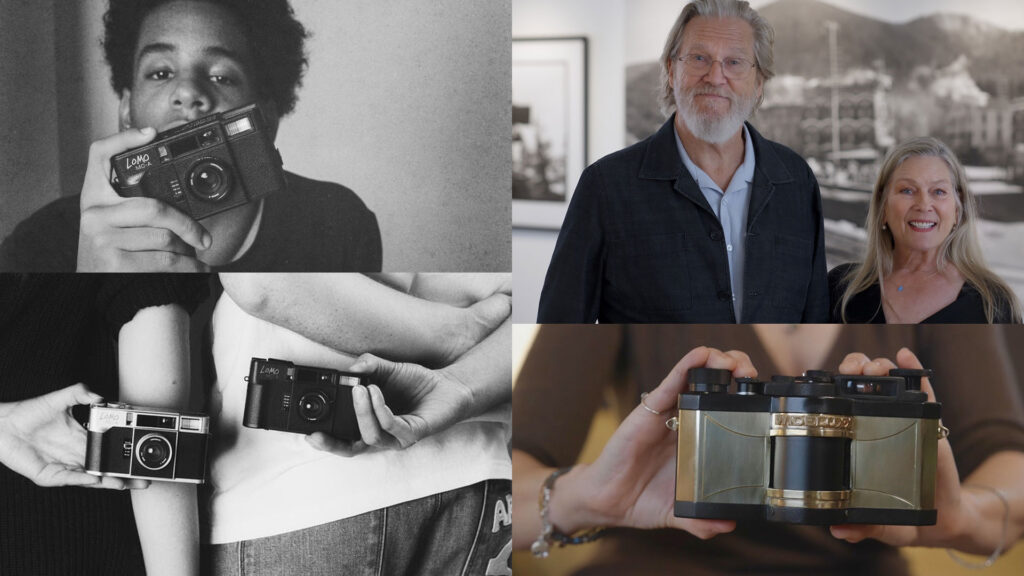
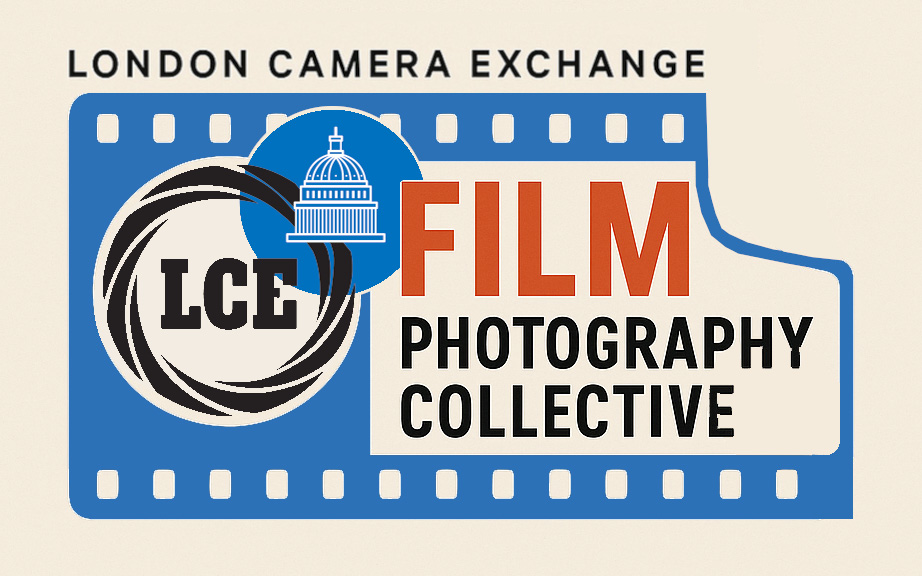




Comments
Stevenson G on NEWS: “What The Film?!” Challenges Photographer’s to Identify Black and White Film Stocks
Comment posted: 03/12/2023
Iain Paterson on NEWS: “What The Film?!” Challenges Photographer’s to Identify Black and White Film Stocks
Comment posted: 03/12/2023